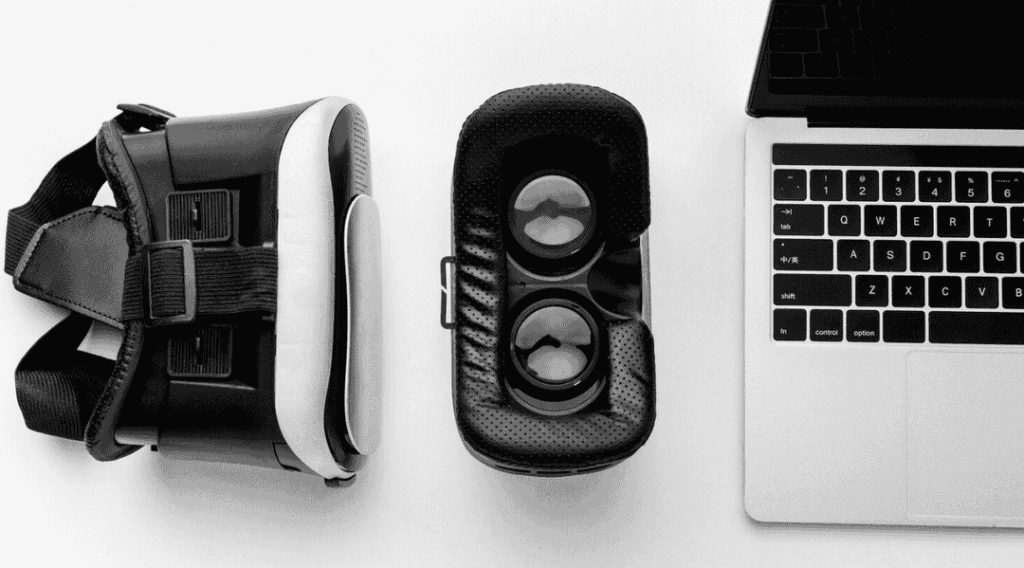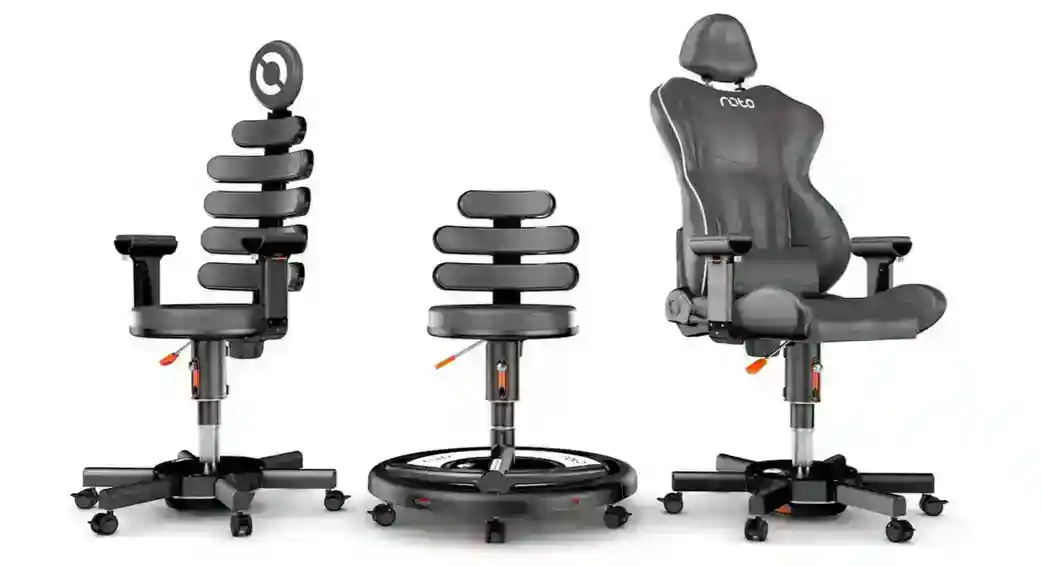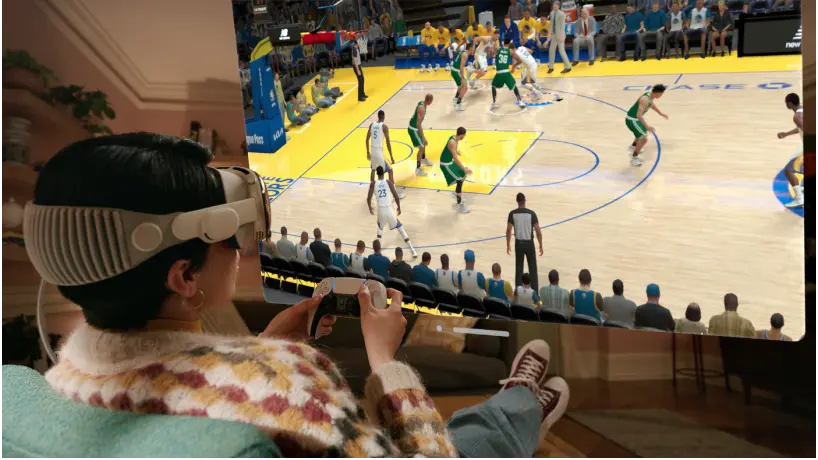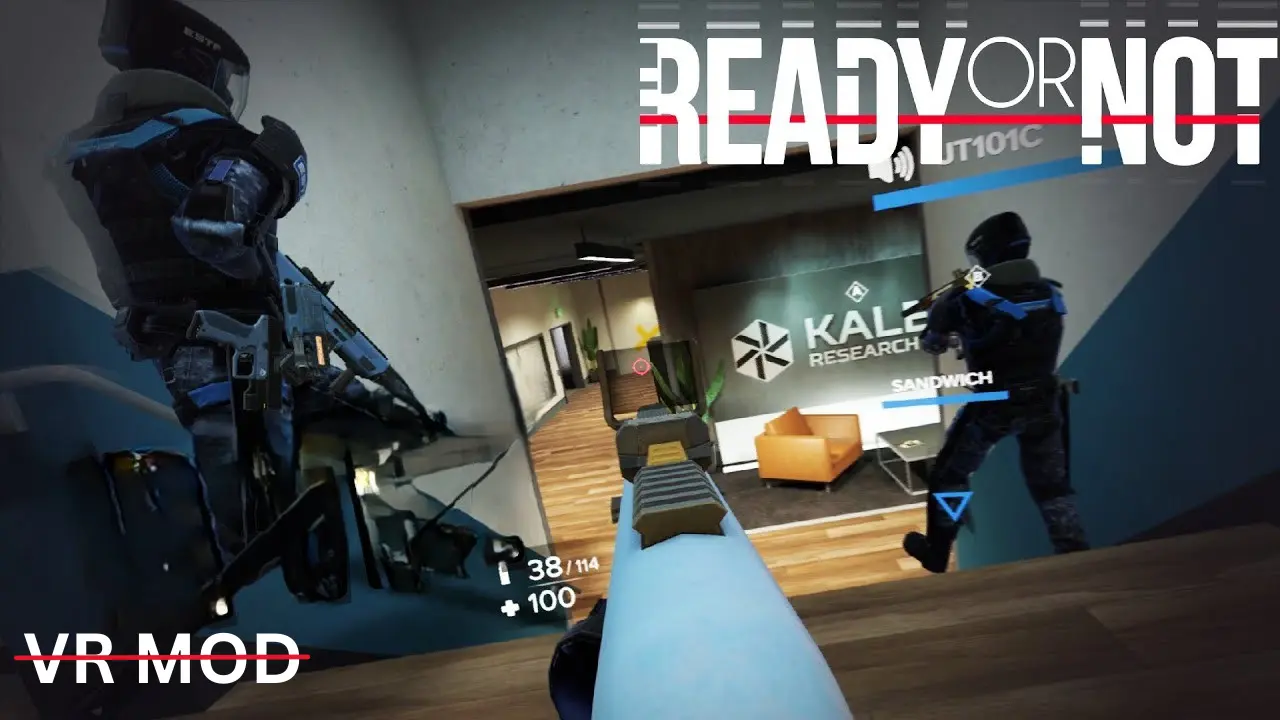Virtual Reality technology is evolving rapidly and is advancing day by day with raised demands for VR headsets and tech giants are exponentially developing new tech for the headsets to redefine immersion, comfort, and functionality.

Upcoming advancements include innovations like ultra-high-resolution displays, and real-time eye-tracking which optimize the visuals and make interactions more precise.
Innovations in interaction interfaces, such as hand tracking, gesture recognition, and brain-computer interfaces (BCIs), will enable seamless control without needing controllers.
Table of Contents
Expected Advancements in Virtual Reality Technology
Reportedly there could be many more changes in the field as full wireless connectivity, longer battery life, and more AI-driven personalization all commonly provide an enhanced user experience. Further details are mentioned below.
1. Enhanced Visuals

The future of VR Headsets is set to revolutionize visual quality with ultra-high-resolution displays, such as 8K or MicroLED technology, which will deliver sharper and more high-resolution images. More advanced technology is more likely to be introduced like foveated rendering combined with real-time eye tracking which will increase the optimal performance without compromising visual fidelity.
2. Advanced Eye and Facial Tracking

There is a high chance that advanced eye-tracking and facial-tracking technologies will be integrated. The eye tracking will allow precise gaze detection, enabling features like foveated rendering to optimize performance and reduce hardware strain.
This feature will enable the user to experience more natural interactions within the virtual environment.
3. Realistic Haptics

Virtual Reality headsets will incorporate advanced haptic technologies to deepen sensory immersion. Haptic feedback in the form of vibrations or pressure will be integrated directly into headsets, this will help the software inside to simulate sensations like impacts, and environmental effects. When paired with the haptic gloves, body suites, or any other peripherals, users will experience realistic textures, resistance, and temperature variations which will bring the virtual world near to reality.
4. AR/VR Hybrid Functionality

There will be a thinner line between Augmented Reality (AR) and Virtual reality (VR) with the introduction of the hybrid functionality. Virtual reality technology is likely to be introduced with high-quality pass-through cameras and transparent lenses, these devices will help the user to switch seamlessly between the full immersion VR environment and AR experiences.
5. AI and Personalization

In order to revolutionize the user experience through advanced personalization the integration of AI (Artificial intelligence) will be done expectedly. Artificial Intelligence algorithms will adapt virtual environments in real-time based on user preferences, habits, and behavior, creating a way better environment for gaming kind of stuff.
6. Enhanced Social and Collaboration Tool

Advancements in Virtual Reality Technology do not just focus on providing a better environment but also on transforming how people connect and collaborate by integrating advanced social and collaborating features.
Collaboration tools, such as shared virtual workspace and real-time co-editing environments, will enhance teamwork, and help in hosting virtual meetings, presentations, or brainstorming sessions in a suitable virtual workspace which will exponentially help creators to be more productive.
7. Modular Components

The new concept in Virtual reality technology will be VR Headsets with modular component design which will allow the user to customize and upgrade their devices for enhanced flexibility to use the headset comfortably in longer sessions.
These modular systems will also support hardware upgrades, enabling users to add advanced features such as higher-resolution displays, additional sensors, or improved tracking capabilities all this will be possible without changing the headset which eventually saves money and there is less load on pockets.
ALSO READ:- The Future of Business with Virtual Reality: Design, Interaction, and Growth








1 thought on “The Future of Immersion: Breakthrough in Virtual Reality Technology what Could be major changes ahead”